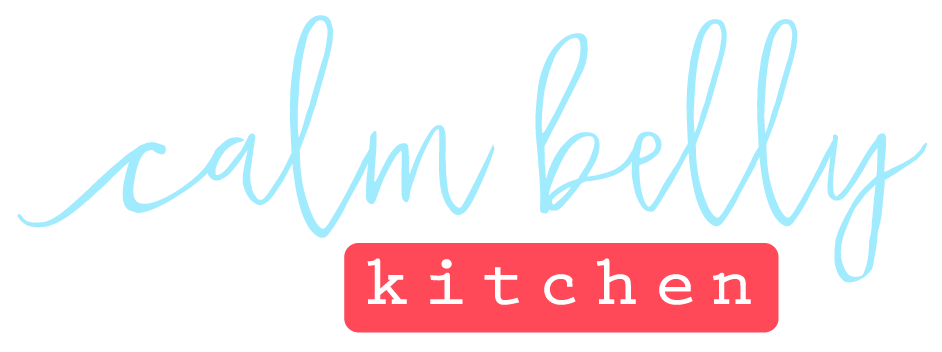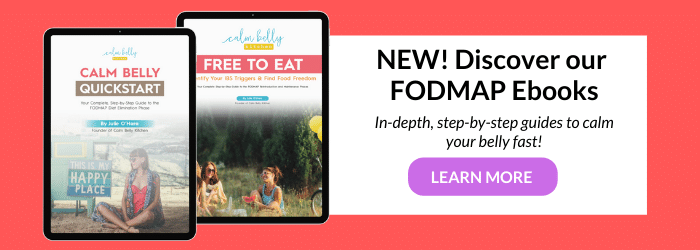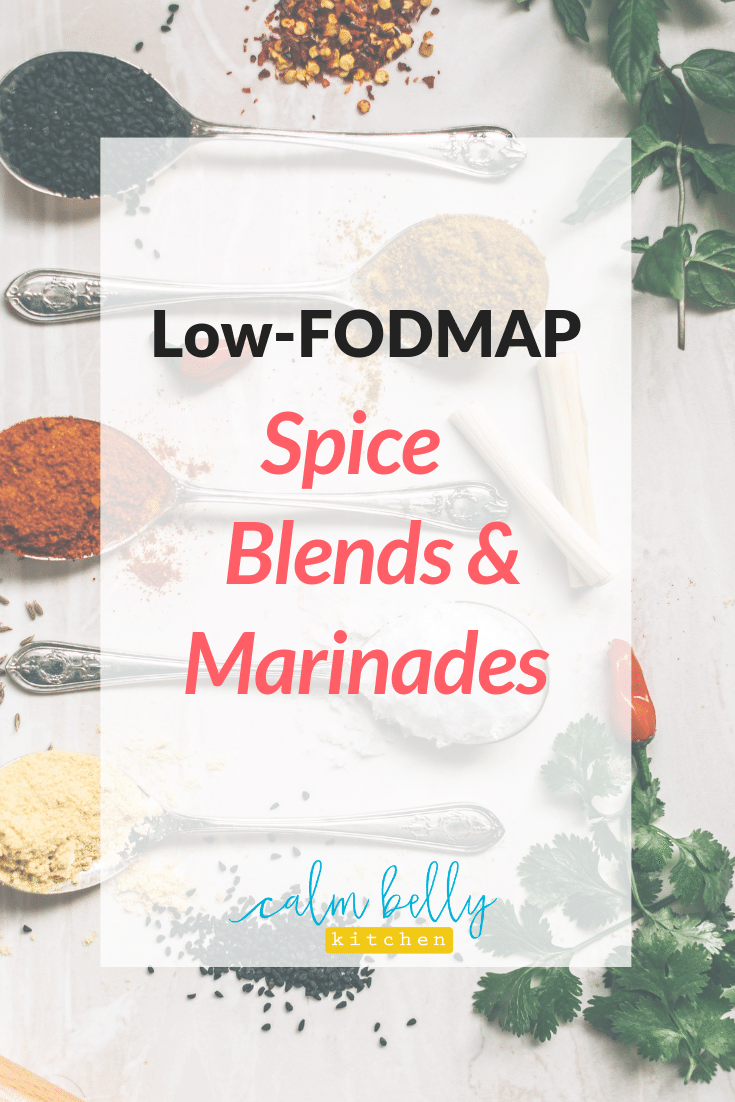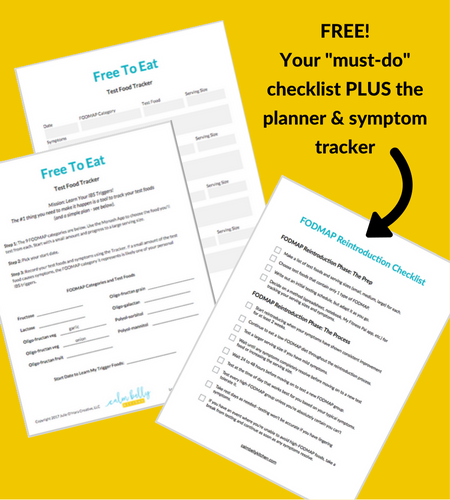Sharing is caring...Pin it!
Doing all the phases of the FODMAP Diet usually looks something like this:
You learn about the FODMAP Diet (the short-term learning diet that helps you find your unique IBS triggers and control your symptoms) and start changing the way you eat
You eventually get the hang of it, and your IBS symptoms improve
You test high-FODMAP categories to find your personal tolerance levels
Along the way, you learn a ton of valuable information about all the things that affect your digestion (both food and non-food factors)
You’re more empowered when it comes to IBS than you’ve ever been.
This is awesome. But where do you go from here?
How do you know you’ve been successful? When are you actually finished?
The end goal of the FODMAP Diet is rarely explained. If it’s not supposed to be a lifetime diet, what should you be eating for the rest of your life?
Short answer: You should bring as many high-FODMAP foods back into your diet as you can while keeping your belly happy.
This is “your unique lifetime eating style.” It’s unique to your FODMAP tolerance levels (based on testing those various FODMAP categories) AND what you enjoy eating. For example:
You may want to move toward a plant-based diet
You might want your diet to fuel you for a fitness goal, like running a marathon
You might want to get back to the family recipes and comfort foods you love, but modified to keep your belly happy
Today, I want to give you a simple framework to go from, “What’s next after to FODMAP,” to a lifetime eating style you love.
Your 4-Step Plan for Life After FODMAP
Step 1: Figure out our tolerance for all the high-FODMAP foods you’ve been missing
Testing each FODMAP category through the reintroduction process helps you determine your tolerance level for ALL the foods in that category, but how much should you eat?
Go through the Monash app. List out the high-FODMAP foods you can bring back into your diet and an estimated serving size based on your tolerance for that food’s category.
If you had a moderate tolerance for wheat and want to eat rye bread, start with one slice. If you have no issues, you might try two slices next time.
Do this with all the foods you love. You can take a casual approach, or add one new thing every other day. Soon, you’ll know the portion sizes that work, and you can start enjoying them regularly.
Step 2: Experiment with frequency
Now that you’ve brought back the foods that don’t trigger your IBS, it’s useful to understand how many high-FODMAP foods you can tolerate in a day or in single meal.
Do some experiments. If you have a moderate tolerance for wheat, can you eat toast at breakfast, half a sandwich at lunch, and a serving of pasta for dinner?
Step 3: Revisit other factors that impact digestion
At this point you’re regularly enjoying high-FODMAP foods in the amounts you can tolerate. If your IBS symptoms are fully in check, fabulous! If you have symptoms more than you’d like and can’t link them to a specific food, then take a look at other things that impact digestion.
For example, have you started eating larger portions? Are you skipping meals or eating late at night? Have you stopped exercising or moving as much throughout the day? Have you started a new medication or supplement that might be causing side effects?
Step 4: Take on a new health goal
The FODMAP Diet tends to be all encompassing. Giving it your focus likely helped you succeed, but that probably forced you to put everything else on the back burner.
The momentum you’ve built by taking control of IBS puts you in the perfect position to tackle a health goal you’ve put on hold for months, maybe even years.
Do you want to finally get to your happy weight? Kick sugar? Go vegetarian? Keep refining your lifetime eating style? Now's the time to go for it!
Ready For the Next Step?
If you're ready to create your lifetime eating style or tackle a NEW health goal ASAP, save time and get valuable support in Calm Belly Club, our members-only online community. As a member, you get access to Free To Eat, my comprehensive guide to the reintroduction phase!


































